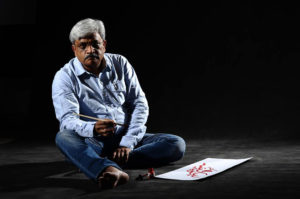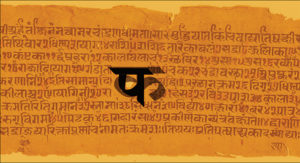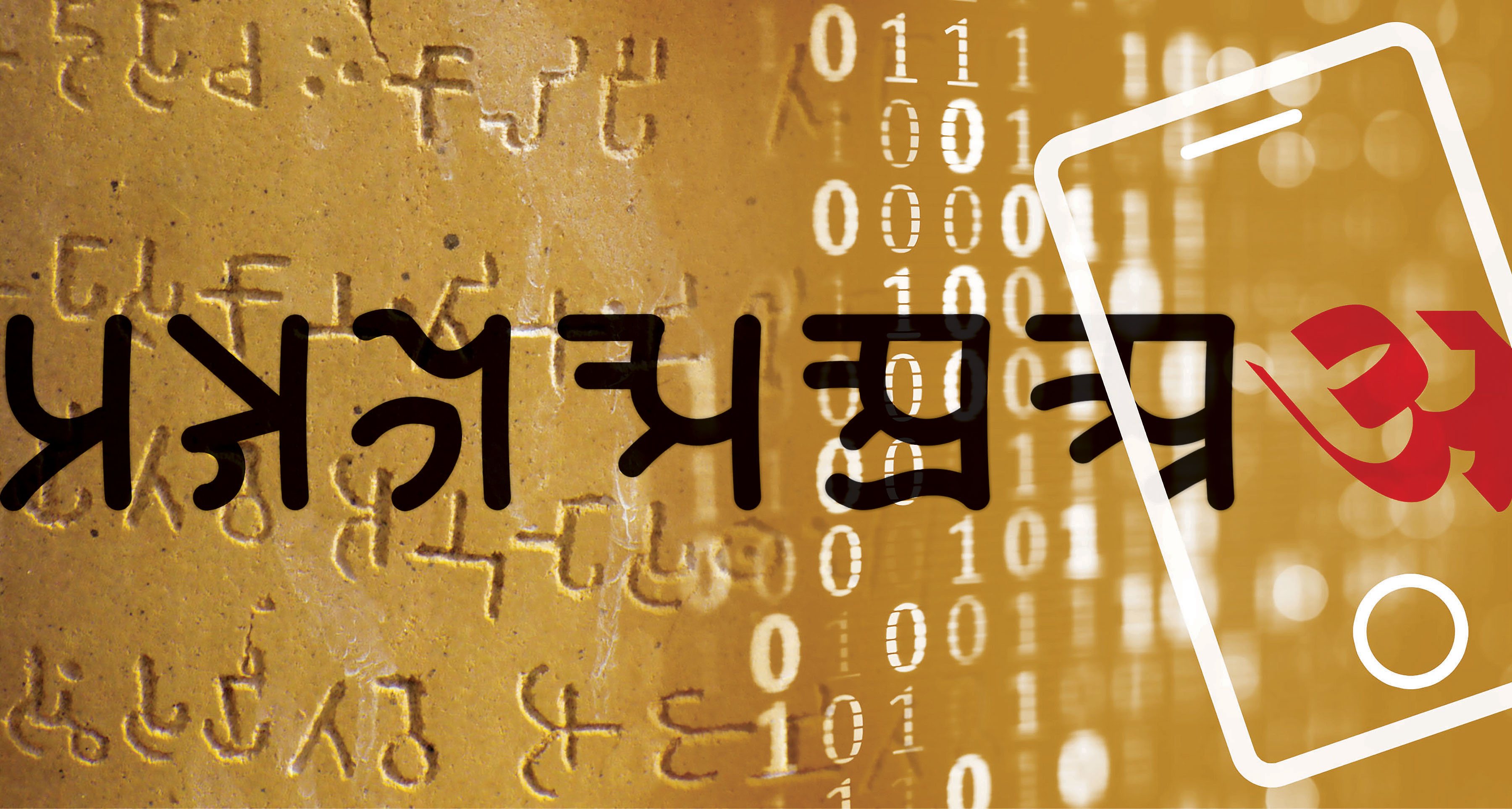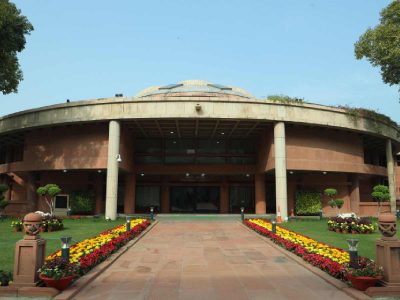As the Devnagri script sits comfortably on various technical platforms, this exhibition looks at what is lost and what remains

Ever wondered about what happened to our Indian letterform, from the time legacies were written on stone? This digital exhibition has the answer, as it tracks the development of Devnagri letterform from its earliest stone engravings to its digital adaptations.
Titled ‘Fontwala: Stone to mobile, what remains?’, this digital art show explores the journey of the Indian letterform, specifically through Devnagri script.
Put together by calligrapher and typographer Rajeev Prakash Khare and theatre artist Shubra Prakash, this show investigates what is lost and what remains from earlier times to now, when the letterform of the Indian language has found a presence on various technical mediums.

With seven videos, the show presents the development of Devnagri from Brahimi and it’s evolving mediums – stone pillars to digital screens. “Indian letterforms were labeled as ‘complex’ scripts until the arrival of Unicode that enabled their development in digital mode,” reads a note on the exhibition.
In a rapidly evolving digital era, where technology changed from printing press to digitisation for computers to mobile screens, Khare focused his practice and artistic responsibility on preserving the rich cultural heritage that is encapsulated within the script and language.
As has been observed historically, complex Asian scripts have been substituted by the easily available Roman script for the convenience of transferring into new mediums. Building his work on the earlier work of typeface pioneers, Khare has thus worked tirelessly to preserve the Indian scripts and letterforms that make up languages of a billion people.
Having spent 33 years in typography, Khare has experienced various phases of evolution of typography in India. Having designed his first Hindi font for Dot Matrix Printer, while completing his master’s studies, he further went on to design IDC Rajeev Normal Hindi font for laser printer. This font was used for corporate identity of Postal department of Government of India in 1989-90.
“Through Fontwala, the audience gets a glimpse in the continuity between Devnagri and Brahimi scripts. One also gets to see the perhaps otherwise overlooked ornamental beauty of the script as explained by Khare. One takes digitisation of the age-old script for granted. The show offers a pause into challenges and dedication of Khare and other typeface pioneers,” says Mukta Ahluwalia, curator of the gallery.
The exhibition is on display at Triveni Kala Sangam till August 17





